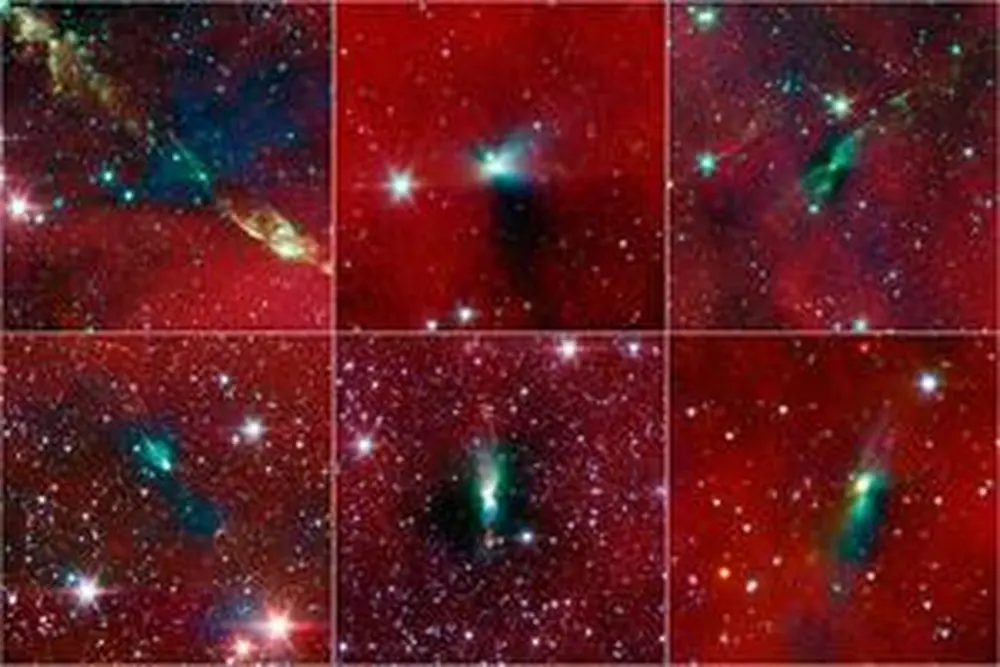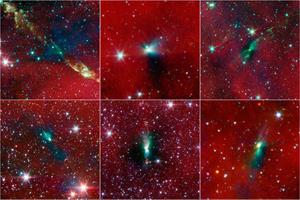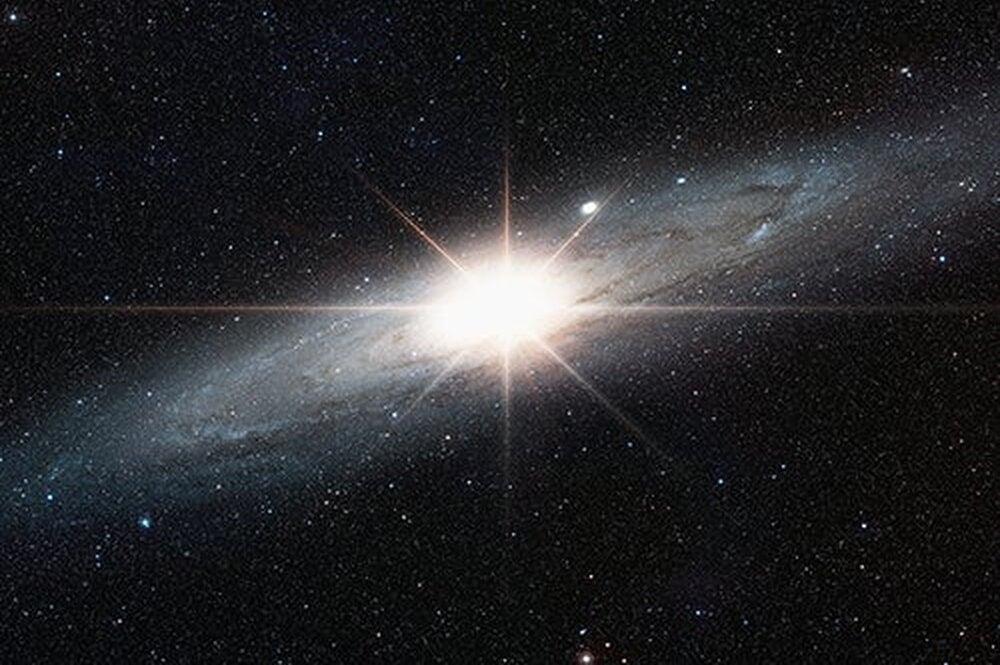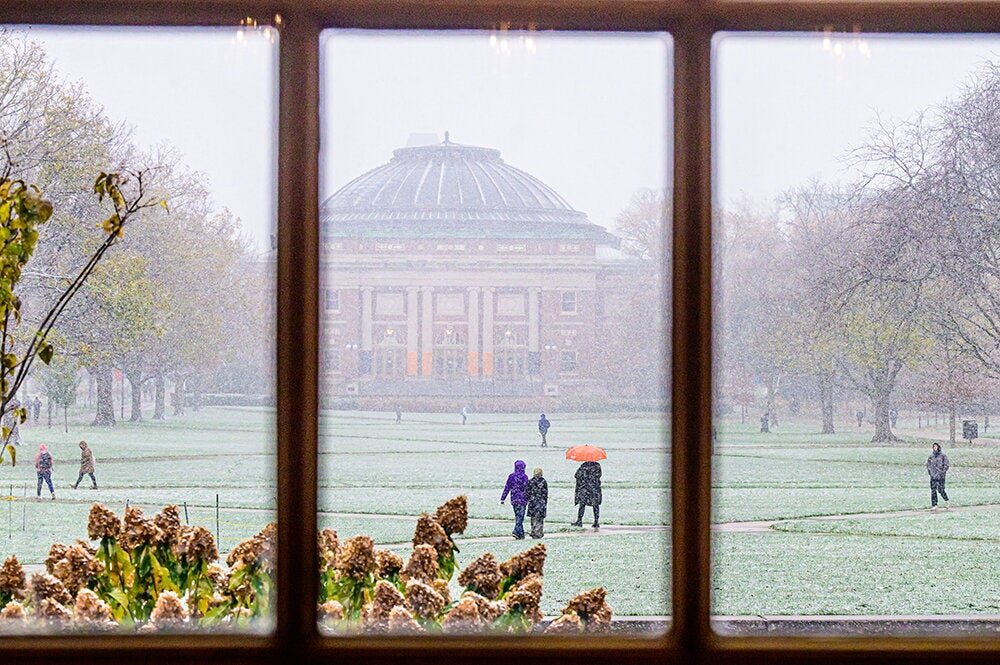

“It’s going to be twins” can be shocking news for parents, but not so much for astronomers.
Binary stars—or twin stars—are much more common than single stars, says Leslie Looney, an LAS astronomer. What’s more, he says they now have the first observational evidence supporting the theory that an irregularly shaped cloud of dust in space stands a good chance of dividing into two stars. Think of it as a sonogram in space, predicting the birth of twin stars.
Using images from the Spitzer telescope orbiting in space, the research team looked at 20 clouds, or envelopes of dust and gas, and found that 17 of them were irregular or “blob-shaped.” Most of these irregularly shaped envelopes were thought to contain twin stars in development, while the other three envelopes were much more spherical and were believed to hold single stars.
“We think that asymmetrical envelopes mean we are seeing the early stages of the formation of binary systems,” Looney says. “We’re seeing asymmetries that we’ve never seen before.”
Stars form within a spinning envelope of dust, he explains. This is the “egg” in which the single star or twin stars will be born. The dust falls onto a disk encircling the developing star, and then it drops down onto the surface of the fattening star. Eventually, the gathering material will get so hot and dense that fusion happens and the star begins burning hydrogen and helium.
A star is born. But it takes a gestation period of about 10 million years to reach this point, and that’s one long pregnancy.


